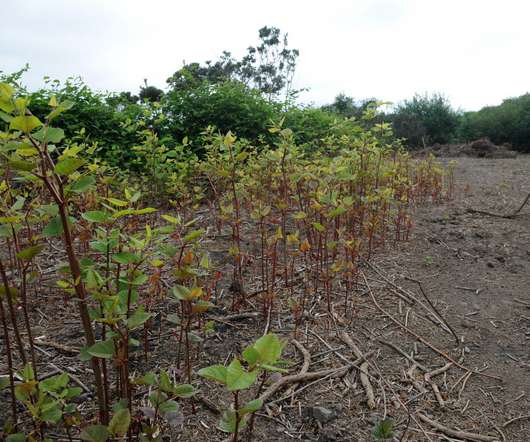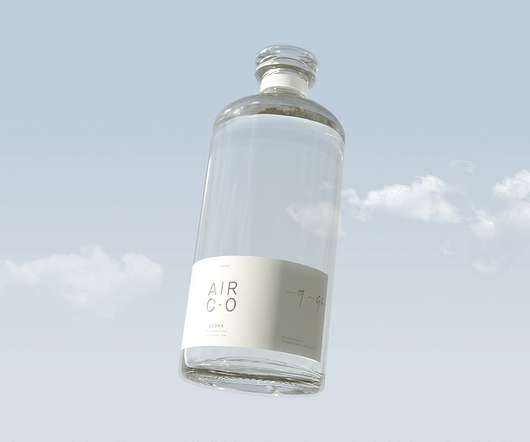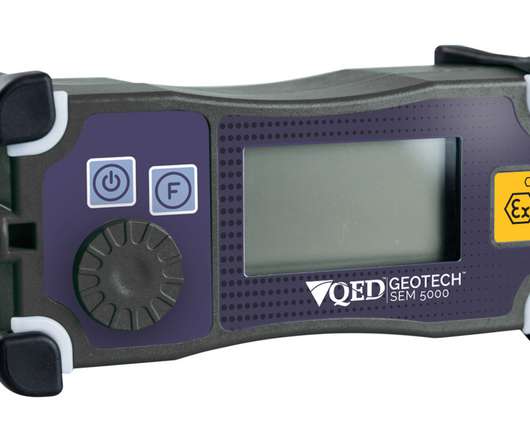Specialist firm develops eco-solution for Japanese knotweed waste
Envirotec Magazine
OCTOBER 28, 2019
The creation of biochar, a charcoal used as a soil amendment, from Japanese knotweed plant waste is a carbon negative process which harnesses the carbon-scavenging power of Japanese knotweed in a positive way and contributes to the fight against climate change by locking carbon away for thousands of years.
















Let's personalize your content